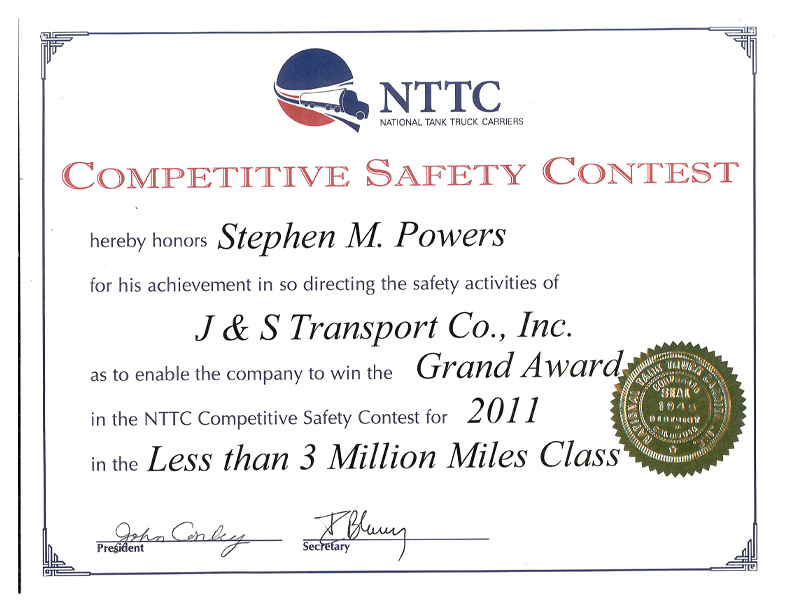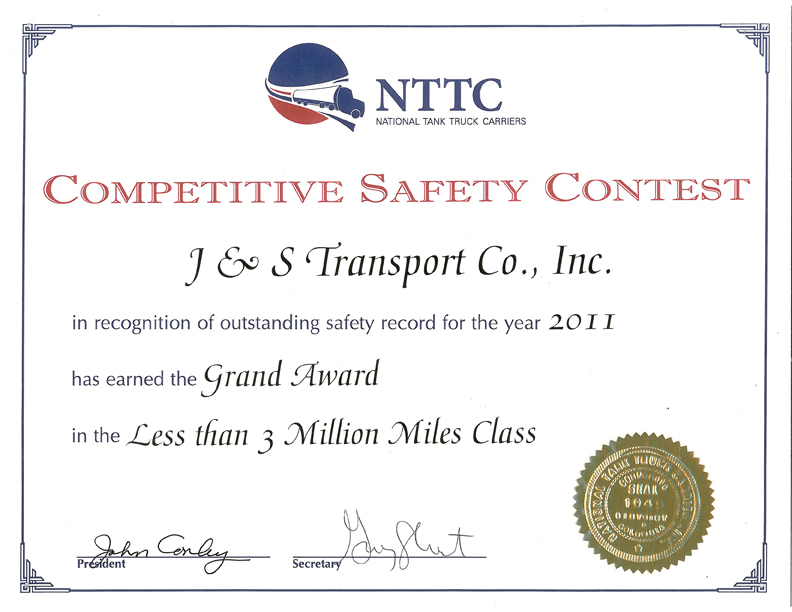Date: 02/01/2012
Dear Professional Driver,
Most of you or your folks probably remember back in the 70’s when C.W. McCall released his song titled “Convoy”? Most truckers knew the chorus by heart:
“‘Cause we got a little ol’ convoy rockin’ through the night. Yeah, we got a little ol’ convoy, ain’t she a beautiful sight? Come on and join our convoy ain’t nothin’ gonna get in our way. We gonna roll this truckin’ convoy cross the U-S-A.”
The definition of a convoy is when a group of motor vehicles, ships or aircraft travel together for mutual support and protection. This made a lot of sense for the Merchant Marines during WWII in U-Boat infested waters and B-17’s during daylight bombing missions over Europe. Trucking convoys came into being with the fuel crisis in the seventies when speed limits were reduced to 55 mph. Many truck drivers were finding it too difficult to keep delivery schedules maintaining that speed and became prime targets for speed traps. Convoys were started so multiple trucks could run together a high rate of speed believing that if they did pass a speed trap, the police would only able to pick off one of them. It was also believed that close “drafting” (a la NASCAR) would conserve precious fuel.
Okay, back to the 21st century. How many times have you witnessed several commercial motor vehicles linked together and, at times, belonging to the same motor carrier? Does the professional truck driver need to convoy? Sure, a line of commercial motor vehicles traveling down the highway does make for an impressive site, provides great revenue for charity events and lives up to the stereotype of the 1970’s truck driver. But, is it a safe and professional practice? If you ask any law enforcement official, a convoy not sanctioned by the authorities or under escort; is illegal. Why?
- Convoys impede traffic flow
- Convoys create havoc for anyone trying to enter or exit the interstate
- Convoys invite tailgating which reduces stopping reaction time
- Conveys impedes the CMV driver’s ability to get the big picture by not being able to look ahead of the vehicle in front of them
- Out of the three (3) evasive driving maneuvers, left, right, or stop; a convoy eliminates the stopping maneuver when tailgating is involved.
We can all agree that the above issues are all safety related and viable causes for CMV accidents. The one area not mentioned and needs to be addressed is the exposure to that motor carrier’s liability. To illustrate this exposure, consider a motor carrier with a fleet of 4 transport vehicles. Two (2) vehicles are convoying together, drafting and tailgating. A sudden accident occurs ahead of the lead vehicle, involving it with the 2nd unit following suit. That motor carrier just lost 50% of its vehicle assets. Bodily injury and physical damage claims are now doubled and the quality of life for those 2 drivers and their families may never be the same again.
There is never a need for two (2) or more J & S Transport vehicles to travel together, even with providing initial delivery to new stations, replenishing bulk-plants or assisting with pump-outs. If the work order does entail 2 or more vehicles, each vehicle must maintain, as a minimum, a one (1) mile separation from each other.
Let’s protect J & S Transport’s liability while safeguarding our livelihoods. Resist the urge to hook up with other vehicles, especially when one is another J & S Transport unit.
Be Safe!!
Steve


